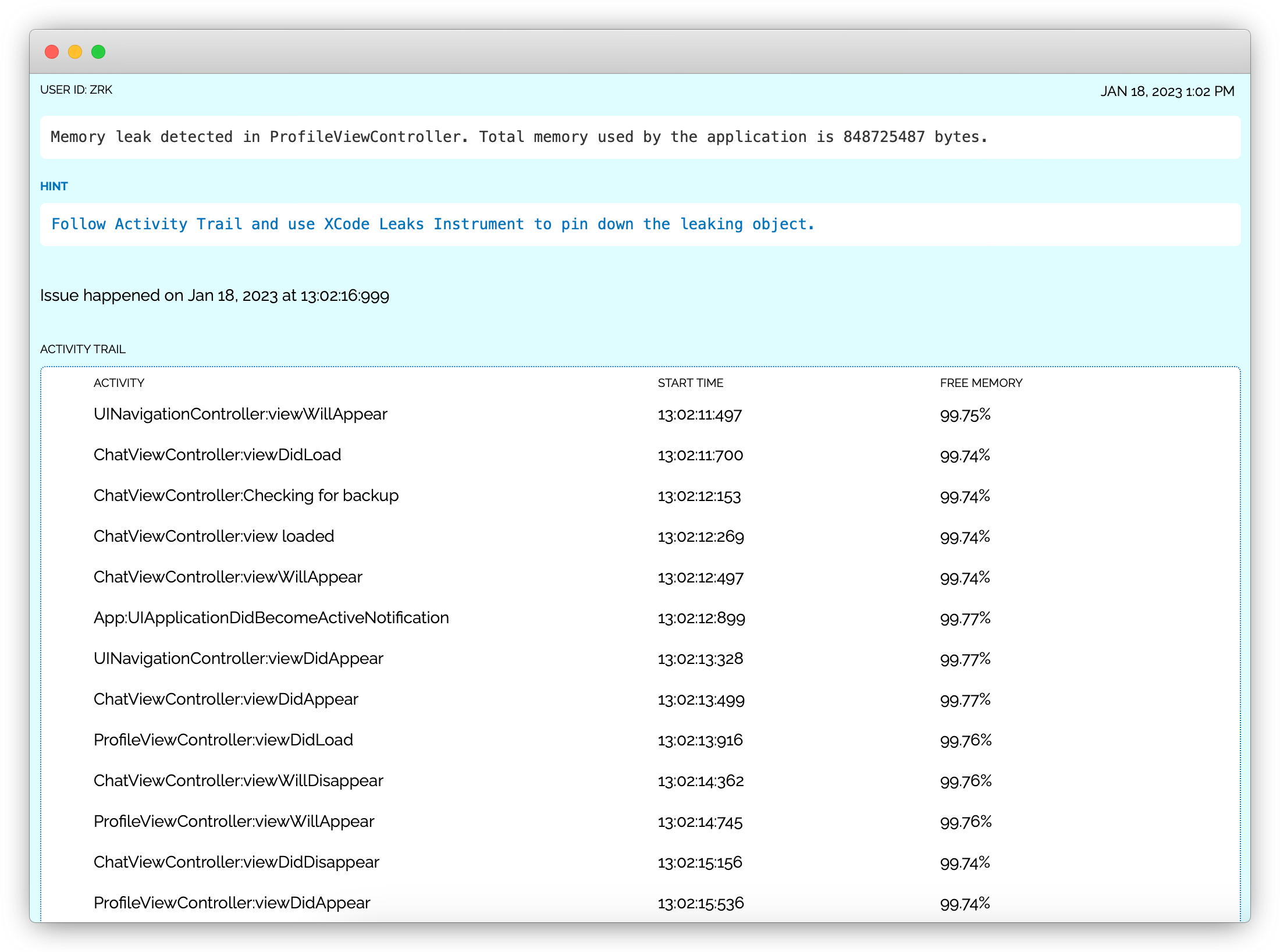Detecting and fixing Memory Leaks in iOS and iPadOS apps.


Memory leaks in iOS and iPadOS apps occur when a programming issue causes the app to fail in releasing unused memory. As a result, the app gradually consumes more memory over time, leading to performance degradation and eventual crashes.
These memory leaks can negatively affect the user experience, making it crucial for developers to identify and resolve such issues to ensure the app functions efficiently and provides a smooth user experience.
Memory leaks in iOS and iPad apps can be caused by various factors. Some common reasons include incorrect management of object references, where objects are not released when they are no longer needed, leading to unnecessary memory consumption.
Another cause could be the improper use of static variables, which can result in objects remaining in memory even after they are no longer required. Additionally, using too many resources, such as bitmaps, cursors, or file streams, without releasing them can also contribute to memory leaks in an application.
The issue report provides the name of the UIViewController where the leak occurred, as well as an activity trail. The activity trail is a chronologically ordered list of events that occurred prior to the memory leak issue, allowing developers to trace the events leading up to the problem.
By following the activity trail, developers can use the Xcode Leaks instrument in the debug environment to pinpoint the exact object causing the leak.